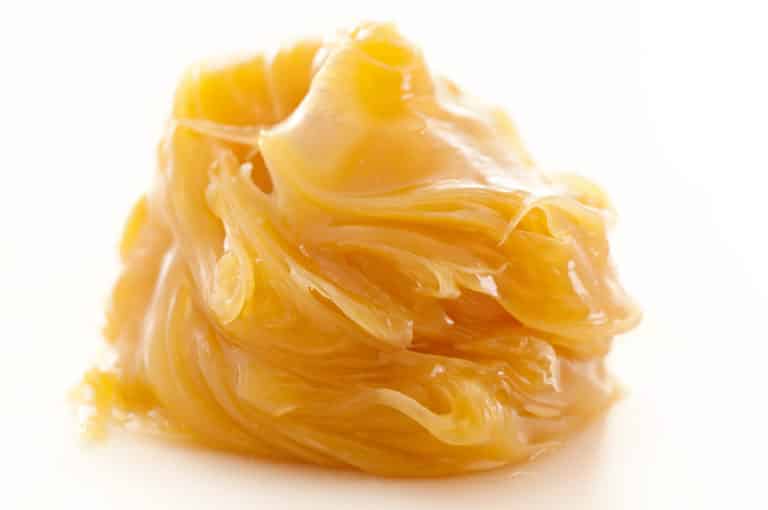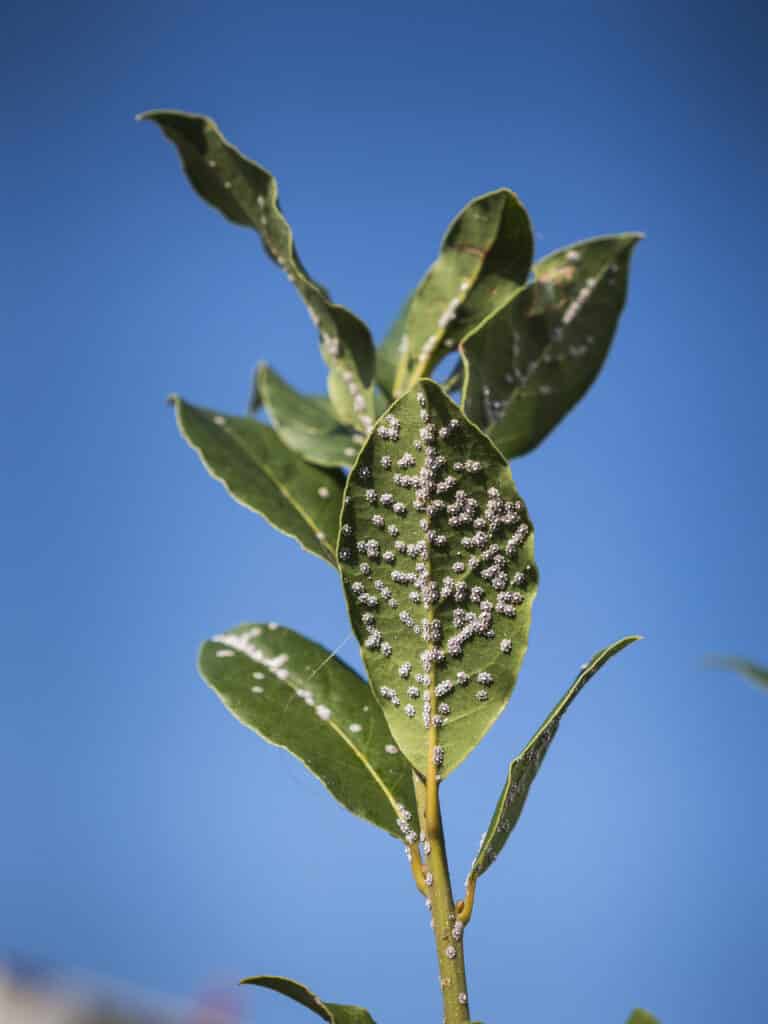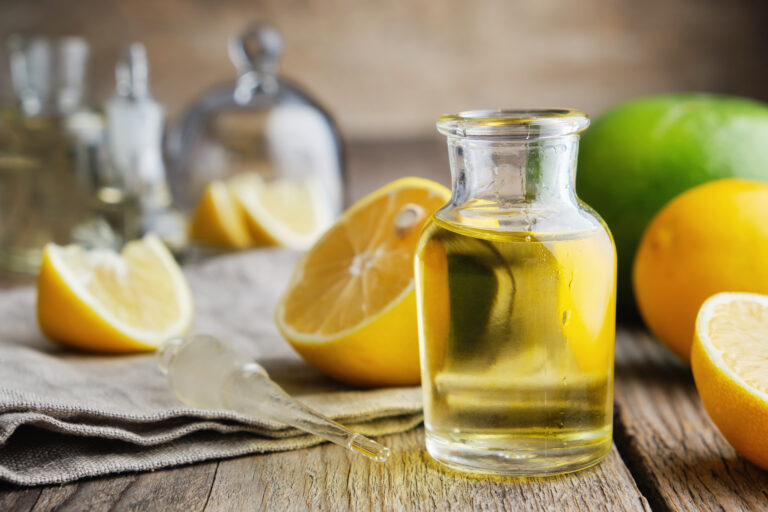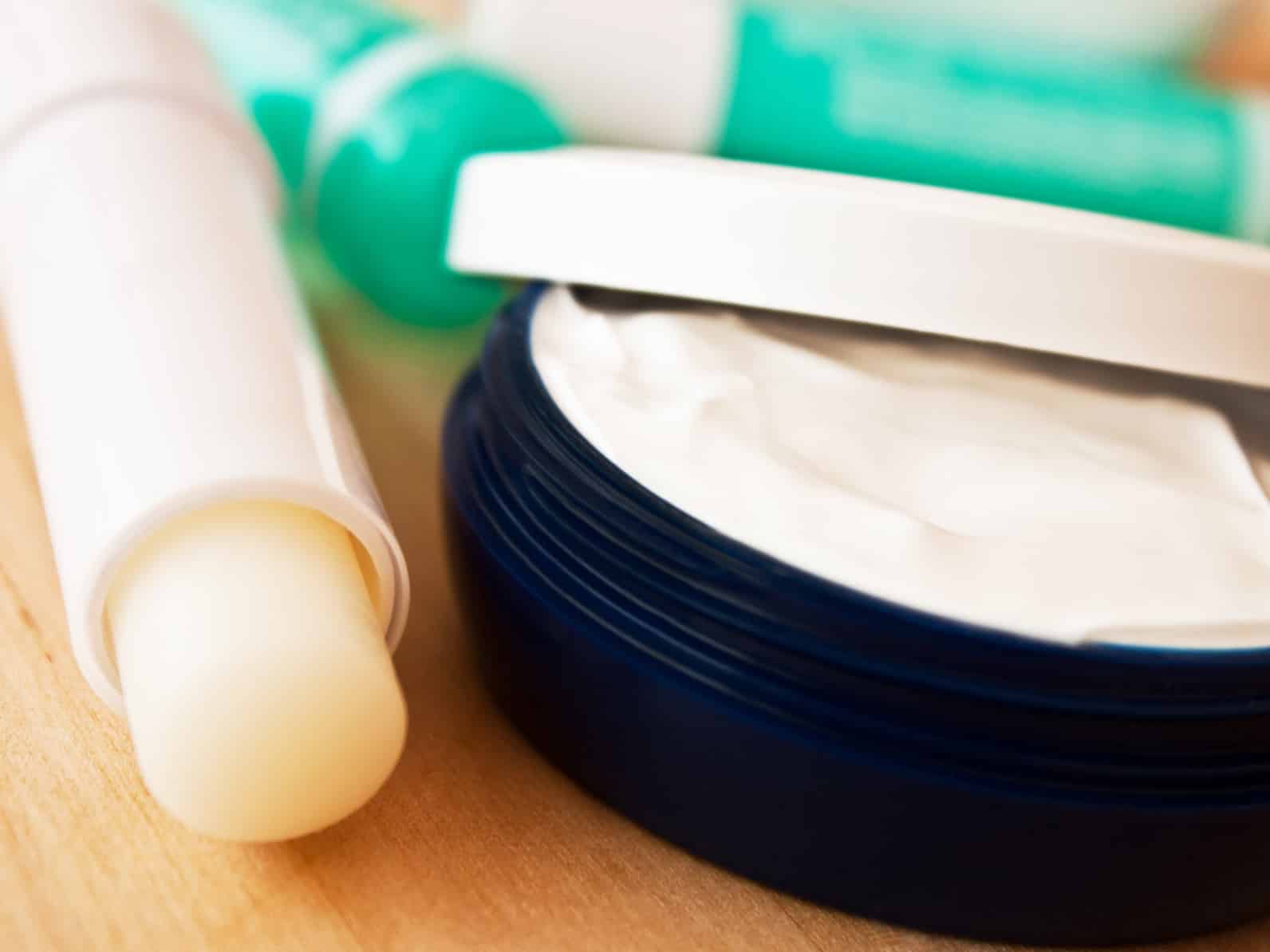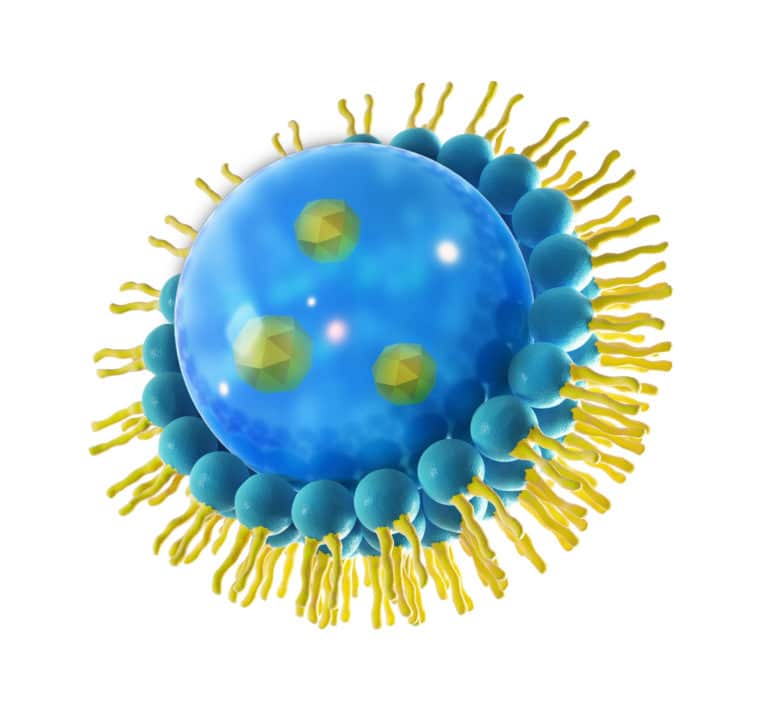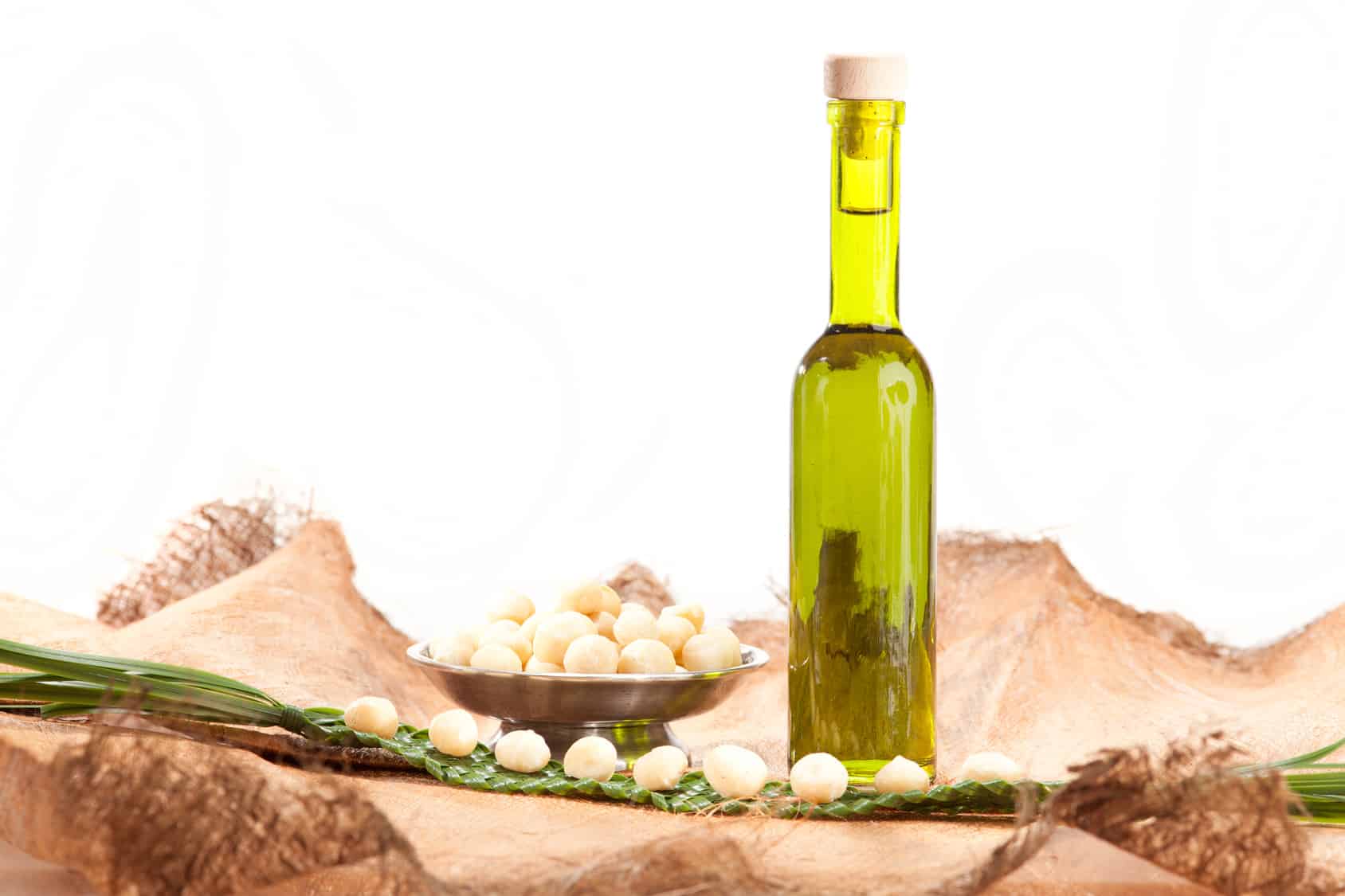Lactose-free
Many people now pay attention to “lactose-free” because they have a proven lactose intolerance. But what does that mean? Milk sugar (Saccharum lactis, lactose) was first discovered in 1633. Scientists proved that lactose is a so-called disaccharide, which consists of the two simple sugars dextrose (glucose) and mucilage sugar (galactose). Lactose intolerance means that…
Lanoline
Sheep are exposed to a wide variety of weather conditions on a daily basis. To ensure that they are optimally protected from rain, dirt and moisture, their sebaceous glands secrete a substance known as lanoline, wool wax or, incorrectly, wool grease. It forms a waxy coating on the wool fibre that protects the wool from…
Laurel wax
Laurel wax is still a relatively new cosmetic raw material, but it is becoming more and more popular. And with good reason, as the wax offers countless benefits and is completely natural. Origin and extraction Laurel wax is sometimes also called myrica wax, but chemically it is not a wax but a fat. It…
Lemon oil
Introduction to lemon oil Lemon oil, which is extracted from the peel of citrus limon, is a versatile essential oil that is valued in both aromatherapy and skin care. It is known for its invigorating scent and cleansing properties and is used in many cosmetic and wellness products. Origin and extraction Lemon oil is…
Lip care
Nowadays, there are many different lip care products available to consumers. Although the classic stick is still the best known and perhaps most popular method of caring for the lips, there are also creams in jars or tubes, special lip balms and even lip scrubs. Which product is used depends not only on personal preference,…
Liposomes
Liposomes (Greek liposoma = fatty body) were first produced in a controlled and reproducible manner by Bangham in 1961 to investigate the structure and function of biomembranes. The term “liposome”, which is still used today, was coined by Sessa and Weissmann. US patent 3957971 was filed in 1974 and granted in 1976. It was…
Liquorice Root Extract
Liquorice root extract is obtained from the Glycyrrhiza glabra plant and is characterised by its many positive properties. The use of liquorice root extract in cosmetics has gained popularity in recent years due to its many benefits for the skin. The anti-inflammatory and antioxidant components help to soothe the skin, while the skin-brightening properties can…
Lycopene
What is lycopene? Lycopene is an antioxidant and is considered an effective free radical scavenger. The substance is approved in the European Union as food colouring E 160d and is often used to colour savoury products, sauces and soups. Lycopene is able to protect human cell membranes and, according to an English study, can even…
Maca extract
The Peruvian Andes are home to maca, a plant that is somewhat similar to our native garden cress. It has been highly valued by the Incas for thousands of years, as the tuberous root in particular is rich in valuable nutrients and vital substances. The tuber is considered a powerful aphrodisiac: in many Andean villages,…
Macadamia nut oil
The macadamia nut originally comes from Australia, where it is also known as the Queensland nut or Australian hazelnut. However, the evergreen tree, which can grow up to 15 metres tall, is now also native to the South Pacific and South Africa. It takes around seven to eight years for a young tree to bear…

